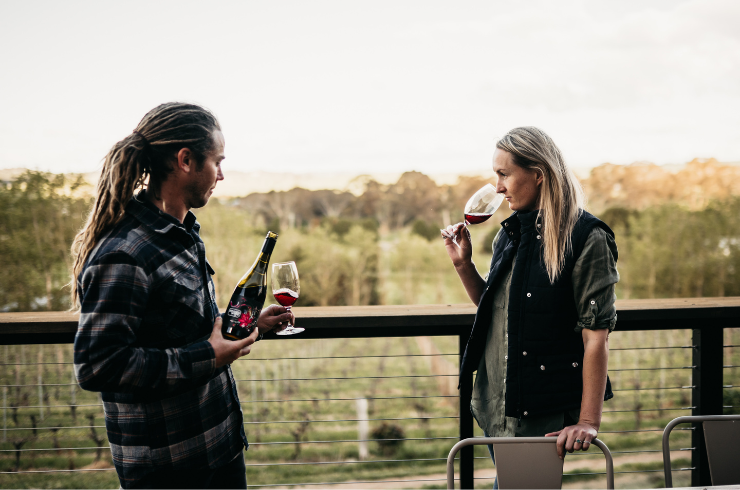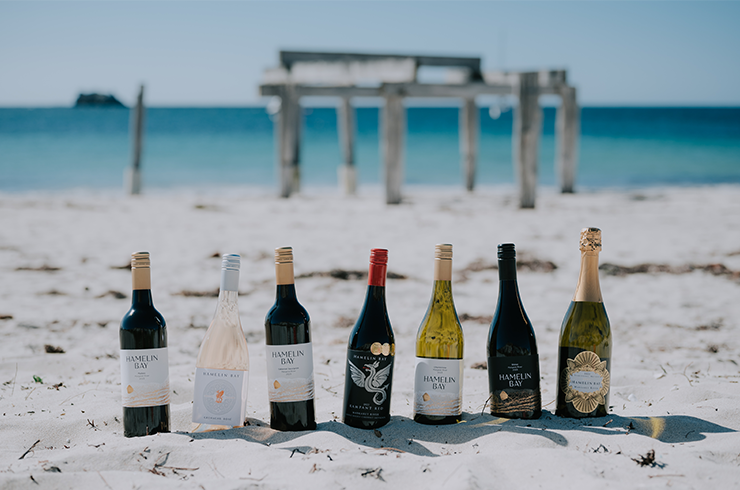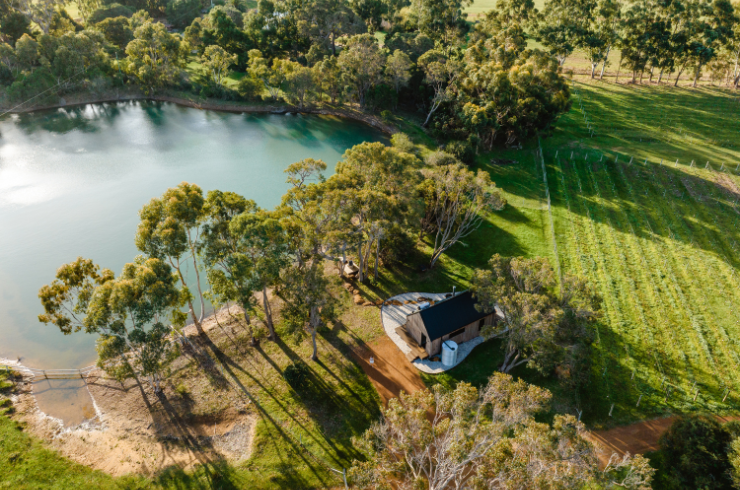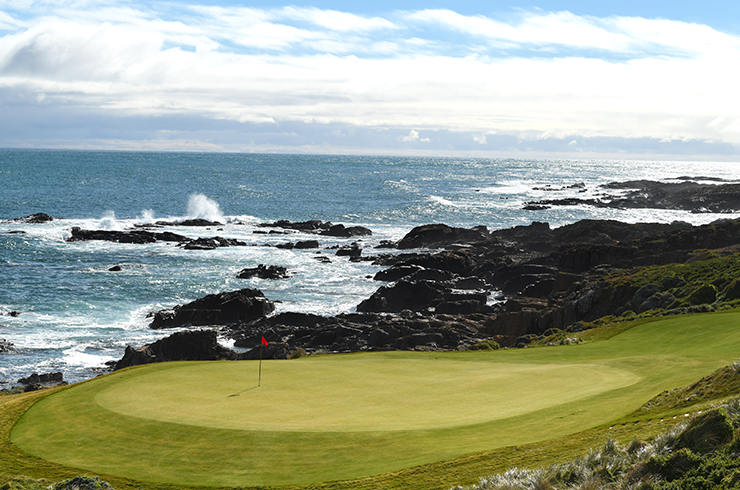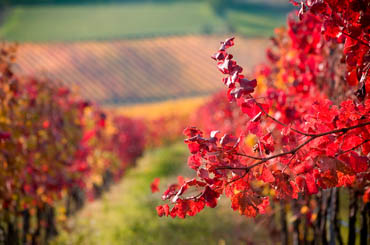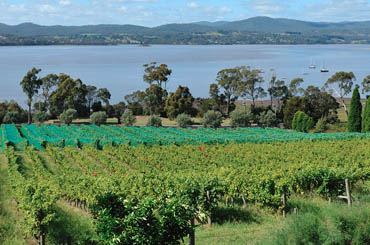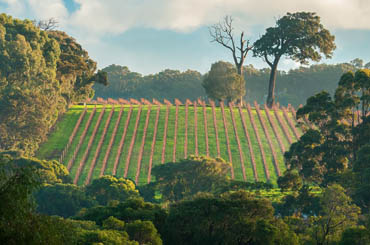2018 Vintage Snapshot: South Australia
Barossa Valley
The Barossa Valley was affected by some protracted hot weather in January and February, causing the vines to shut down, and it took time for ripening to pick up the pace after the conclusion of the heatwaves in early March. Once it did, the second half of March and through to the end of April provided perfect ripening conditions, with shiraz and grenache showing particular promise, with great colour and flavour.Eden Valley and Clare Valley
Eden Valley and Clare Valley riesling will be site specific, the higher and/or cooler sites performing best. One conservative vigneron rates 2018 as the fourth consecutive exceptionally good riesling vintage, close in quality to the great ’17 vintage.
Adelaide Hills
The Adelaide Hills, normally a haven, required vigilance to reduce stress and keep a healthy canopy. The Indian summer at the end of March and early April put the ship back on course, and chardonnay, pinot noir and shiraz are the standout varieties. Overall quality is strong, comparable to ’13 and ’16.Adelaide Plains
Adelaide Plains inevitably had to manage some very high temperatures once the new year rolled by. Overall, yields will be 20–30% down, red wines faring best with great colour and depth of flavour.McLaren Vale
For McLaren Vale, the standout was a disappearance of rain after the ’17 year. From October to March 30% of the average rainfall was experienced, and there were higher maximum and minimum temperatures compared to normal. The vines managed to survive these challenges, although smaller berry size will be reasonably widespread. One noted producer was honest enough to suggest that red wines will be deeply coloured but may lack richness. The other common feature was periods of heat, followed by cooler weather in which the vines simply remained quasi-dormant.Langhorne Creek
Langhorne Creek has its vast water-based air conditioning system that largely buffered the heat spikes that caused problems elsewhere in southeastern Australia. Rainfall was low (no disease pressure) but enough to sustain vine health. Cabernet sauvignon and petit verdot, with moderate yields of excellent quality, are the standouts.Kangaroo Island
From the last few days of December until April 13, not a single drop of rain fell in Kangaroo Island. Combined with 10 days of temperatures peaking over 40°C, things looked pretty desperate until the conditions cooled down at the end of February; thereafter the vines recovered very slowly, coupled with a slow increase in baumes.Coonawarra
In the Limestone Coast Zone, Coonawarra expects the vintage will produce 50% of normal volume, combining fruit losses from the November 4 frost and poor set from the cold conditions.
